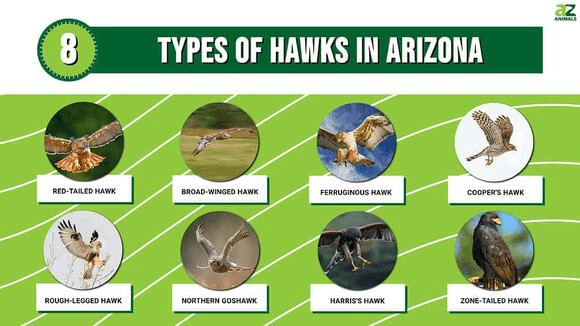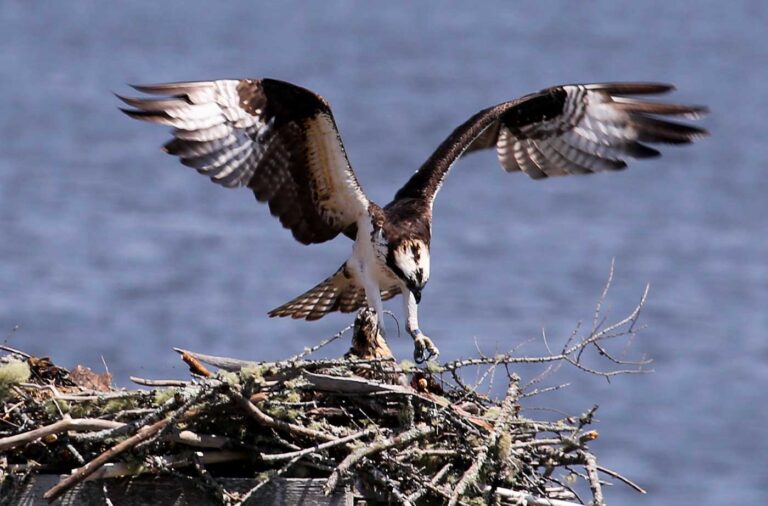Vulture: An In-Depth Look into Nature’s Scavenger
Vultures are unique and fascinating birds known for their role as nature’s cleanup crew. Despite their somewhat negative reputation, they are essential to ecosystems worldwide. This article will explore their scientific classification, physical characteristics, habitat, behavior, diet, reproduction, predators, and conservation status. We’ll also delve into their evolutionary history, interesting facts, and relationship with humans.
Contents
Scientific Classification
- Kingdom: Animalia
- Phylum: Chordata
- Class: Aves
- Order: Accipitriformes (Old World Vultures) / Cathartiformes (New World Vultures)
- Family: Accipitridae (Old World) / Cathartidae (New World)
- Genera: Various, including Gyps, Sarcogyps, Coragyps, and Cathartes
Vultures are split into two main groups: Old World vultures, found in Africa, Europe, and Asia, and New World vultures, found in the Americas. Although they share similarities, they evolved independently through a process known as convergent evolution.
Physical Characteristics

Vultures have several physical features that allow them to thrive as scavengers:
- Size: They range from the smaller Egyptian vulture (1.7 kg and 1.8 m wingspan) to the massive Andean condor (up to 15 kg and 3.3 m wingspan).
- Plumage: Typically dark brown or black, some species have lighter feathers, especially on the underside.
- Bald Heads: One of their most recognizable traits is their bald heads, which help them stay clean while feeding on carrion.
- Beaks and Talons: Their beaks are strong and hooked, ideal for tearing through tough hide, while their nails are less sharp than those of birds of prey.
- Vision: Vultures have excellent eyesight, which allows them to spot carcasses from great distances.
Habitat
Vultures are found in many habitats, from arid deserts to dense rainforests. Old World vultures are primarily found in open savannas, grasslands, and mountainous regions, while New World vultures can be seen in forested and open areas. Species like the Andean condor are commonly found in high-altitude environments, whereas Turkey vultures thrive in forests and lowlands.
Behavior

Scavenging and Feeding
Vultures are primarily scavengers, feeding on dead animals (carrion). They play a crucial role in the ecosystem by cleaning up decomposing carcasses, which helps prevent the spread of disease. They have an acute sense of smell (especially New World vultures like the Turkey vulture) and extraordinary eyesight, which allows them to locate food quickly. Once they find a carcass, vultures wait to feed, often letting larger scavengers, such as lions or hyenas, eat first.
Social Structure
Vultures are typically social birds and are often seen feeding in large groups. This behavior is called kleptoparasitism, where vultures compete with one another and other scavengers for access to food.
Thermals and Soaring
Vultures are expert fliers. They use thermal air currents to soar effortlessly for hours, traveling long distances in search of food while conserving energy.
Diet
As obligate scavengers, vultures primarily feed on dead animals. Some species prefer large carcasses, such as those of zebras or buffalo, while others will eat smaller animals or even human refuse. Vultures possess highly acidic stomachs, which help them digest carrion that may carry harmful bacteria or toxins, such as anthrax or cholera.
Reproduction
Vultures are generally monogamous and form strong pair bonds. Depending on the species, they may nest in cliffs, trees, or caves. Griffon vultures, for instance, build their nests on high cliffs, while Turkey vultures often lay their eggs in hollow trees or dense thickets.
- Breeding Season: Varies by species and region.
- Clutch Size: Typically, vultures lay 1 to 3 eggs.
- Incubation: Both parents usually share incubation duties, which lasts about 38 to 54 days.
- Chick Development: Vulture chicks are altricial, hatching helpless and featherless. Both parents feed them regurgitated food until they are ready to fledge.
Predators
Vultures have few natural predators due to their size and defensive behaviors. However, eggs and chicks are vulnerable to predation by snakes, large birds like eagles, and mammals such as hyenas or jackals. Human activities, such as poisoning and habitat destruction, pose the greatest threats to vultures today.
Conservation Status
Many species of vultures are critically endangered. Old World vultures, in particular, are facing population declines due to several key threats:
- Poisoning: In Africa and Asia, vultures are often poisoned either unintentionally through poisoned carcasses meant to control predators or deliberately by poachers.
- Habitat Loss: Deforestation and urbanization have led to the loss of vital nesting and feeding grounds.
- Drug Use: The veterinary drug diclofenac, used in livestock, is fatal to vultures that consume the carcasses of treated animals. This has caused catastrophic declines in species like the Indian vulture.
Efforts to conserve vultures include banning harmful drugs, creating protected areas, and raising awareness about their ecological importance.
Interesting Facts
- Highest Flying Bird: The Rüppell’s griffon vulture holds the record for the highest altitude flight by a bird, reaching over 37,000 feet (11,278 meters), recorded when one collided with an aircraft.
- Vomiting Defense: Vultures can vomit to lighten their load for a quick getaway from predators. The acidic vomit can also act as a defense mechanism.
- Longevity: Vultures can live for a surprisingly long time—up to 50 years in captivity.
Evolutionary History
Vultures are an example of convergent evolution, meaning New World and Old World vultures evolved separately but developed similar traits due to their shared scavenging niche. While Old World vultures are closely related to eagles and hawks, New World vultures are more closely related to storks. Genetic studies indicate that vultures have been around for millions of years, adapting alongside large mammal populations.
Relationship with Humans
Throughout history, vultures have been both revered and reviled by humans. In some cultures, such as ancient Egypt, they were considered symbols of protection and motherhood. In contrast, other societies view them negatively due to their association with death and decay. Despite this, vultures play a critical role in maintaining healthy ecosystems by preventing the spread of disease.
Humans have recognized their importance in recent years, leading to efforts to conserve endangered vulture populations.
Conclusion
Vultures are often misunderstood, but their role as nature’s cleanup crew is invaluable to maintaining ecological balance. Their ability to safely consume rotting carcasses helps prevent disease outbreaks, making them an integral part of the food chain. However, human-induced threats have caused many vulture species to face extinction, and conservation efforts are crucial to their survival. By understanding their importance and working to protect these incredible birds, we can ensure they continue to thrive in the wild.
- Golden Retriever Pros and Cons: What Every Pet Parent Should Know - 15 September 2025
- Cane Corso Dog Breed: Health, Care, and Lifespan - 14 September 2025
- Catahoula Leopard Dogs: Description, Temperament, Lifespan, & Facts - 21 July 2025







